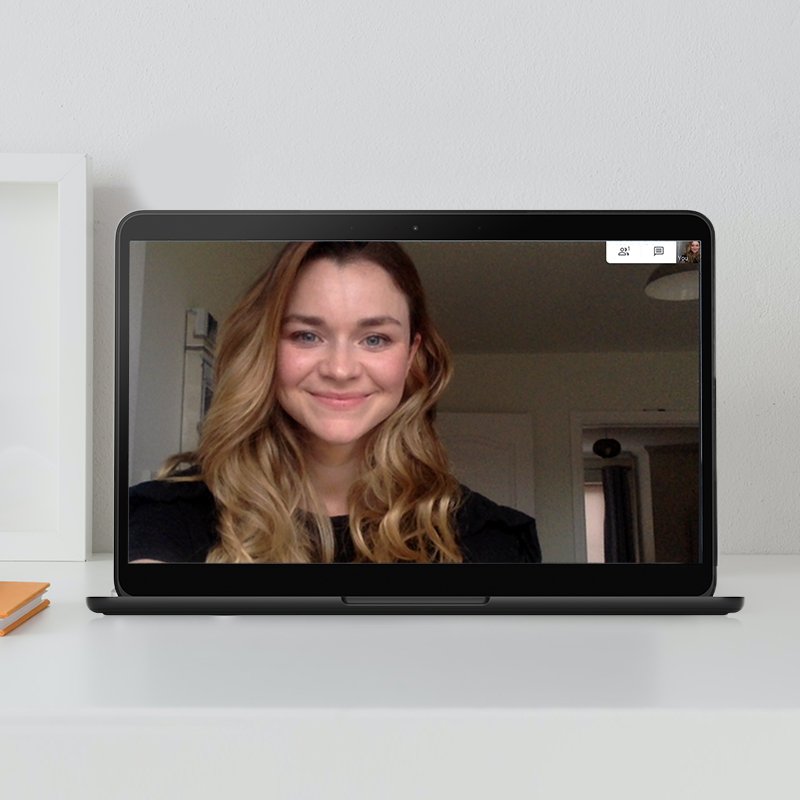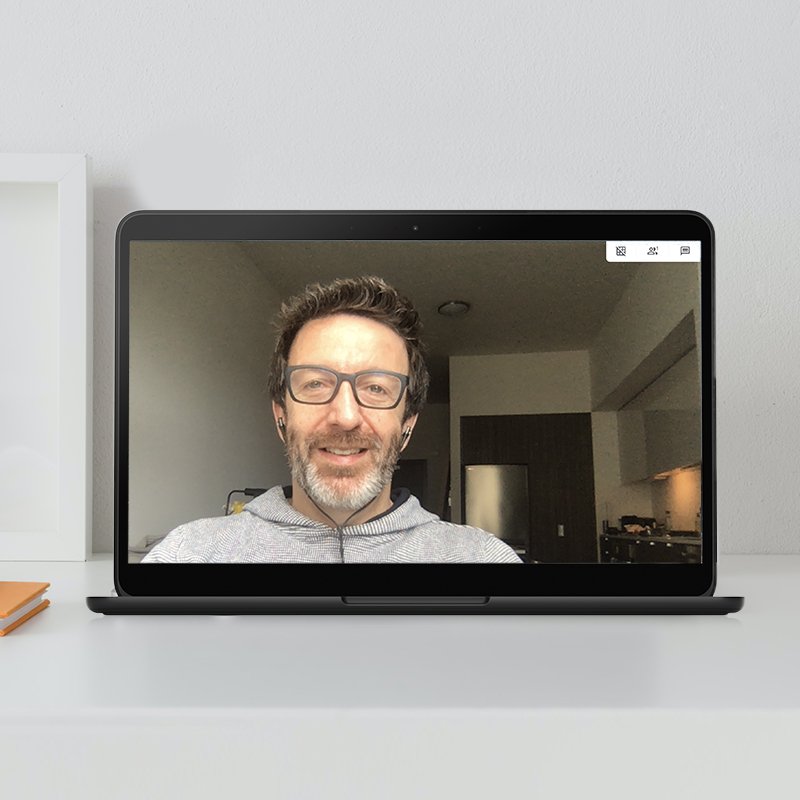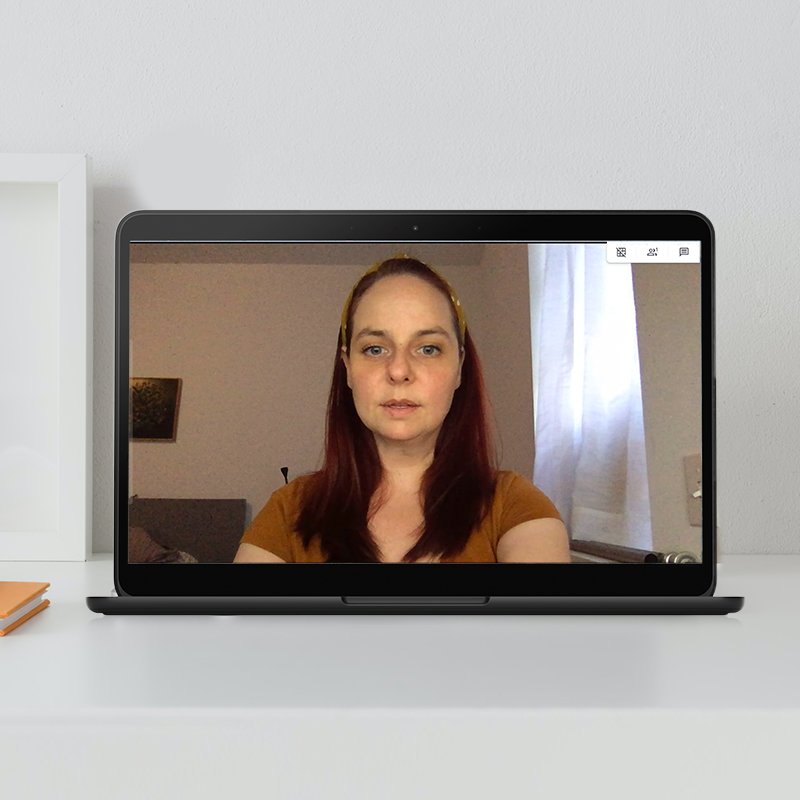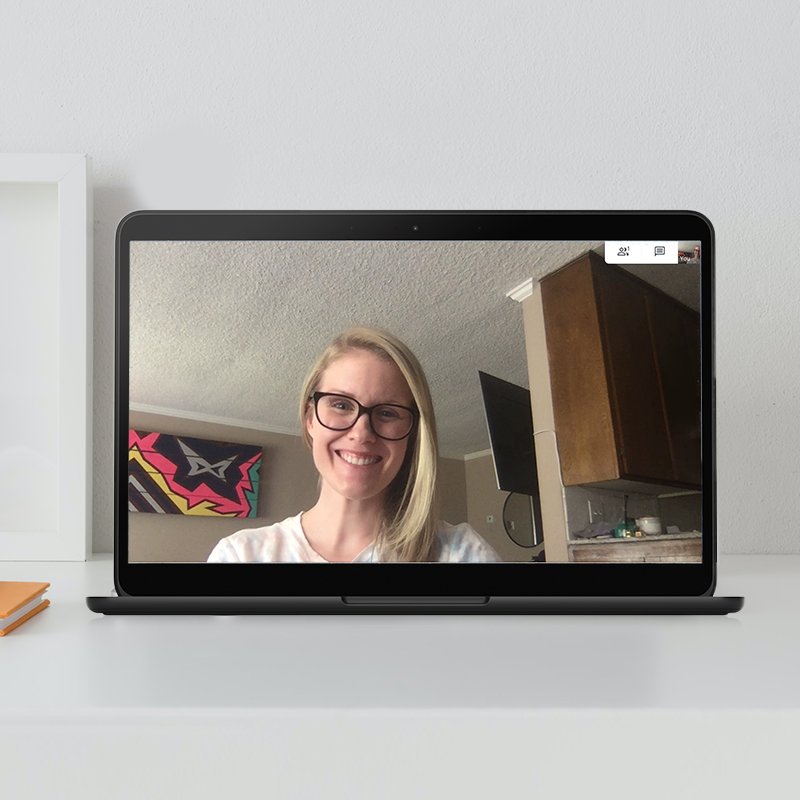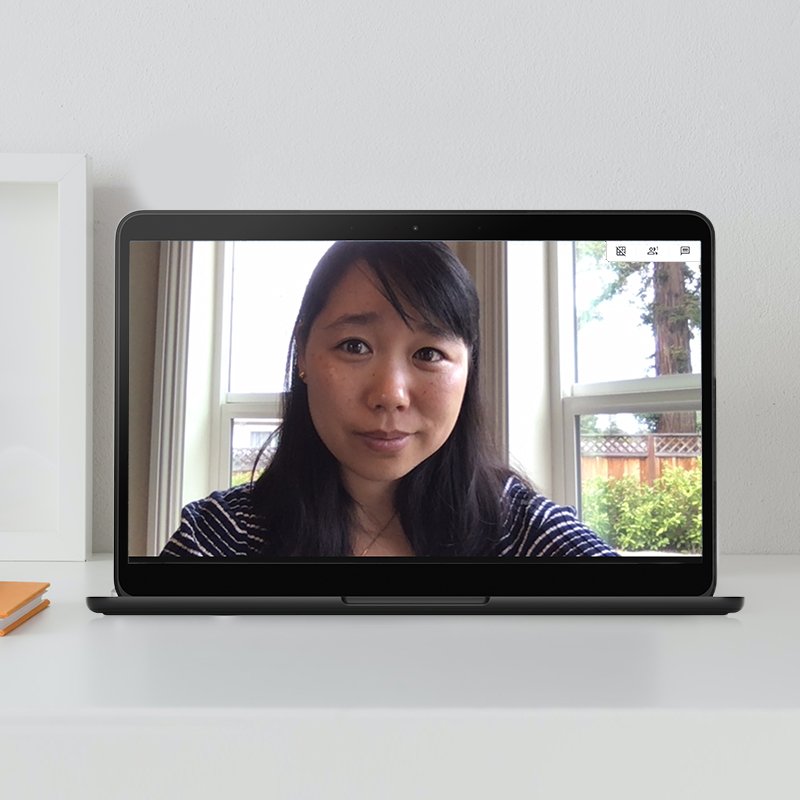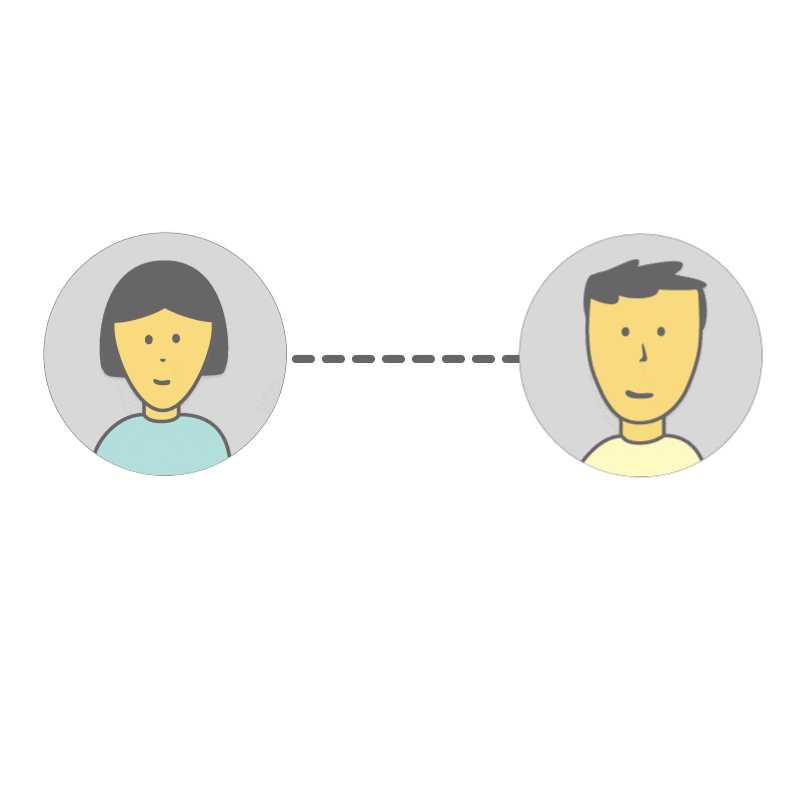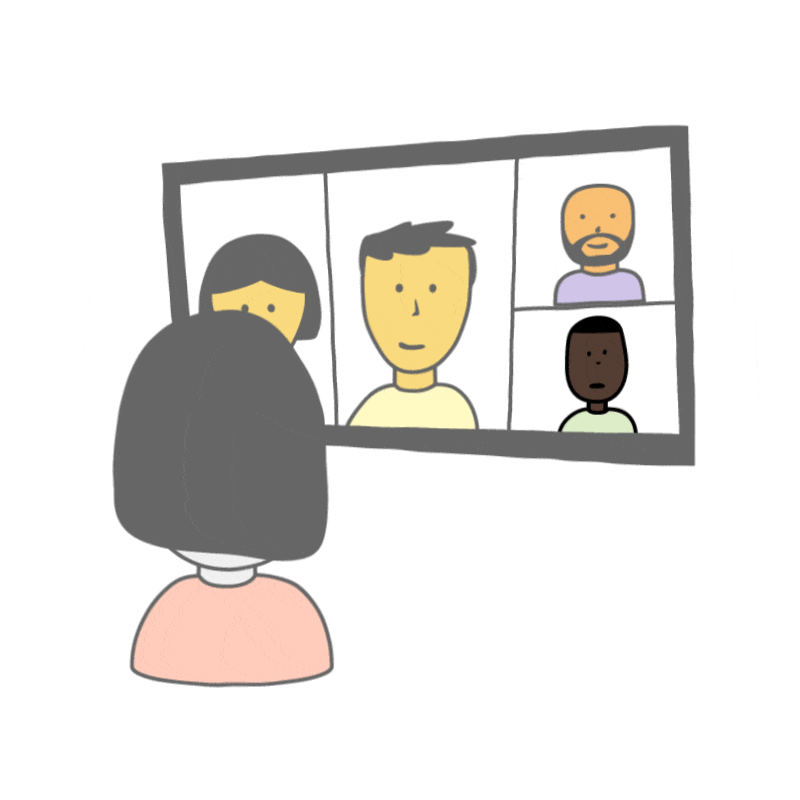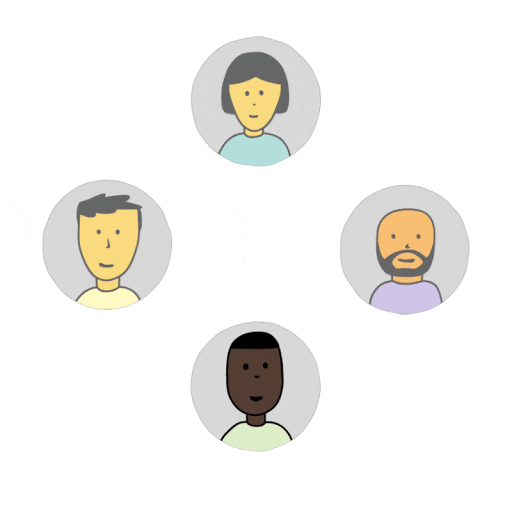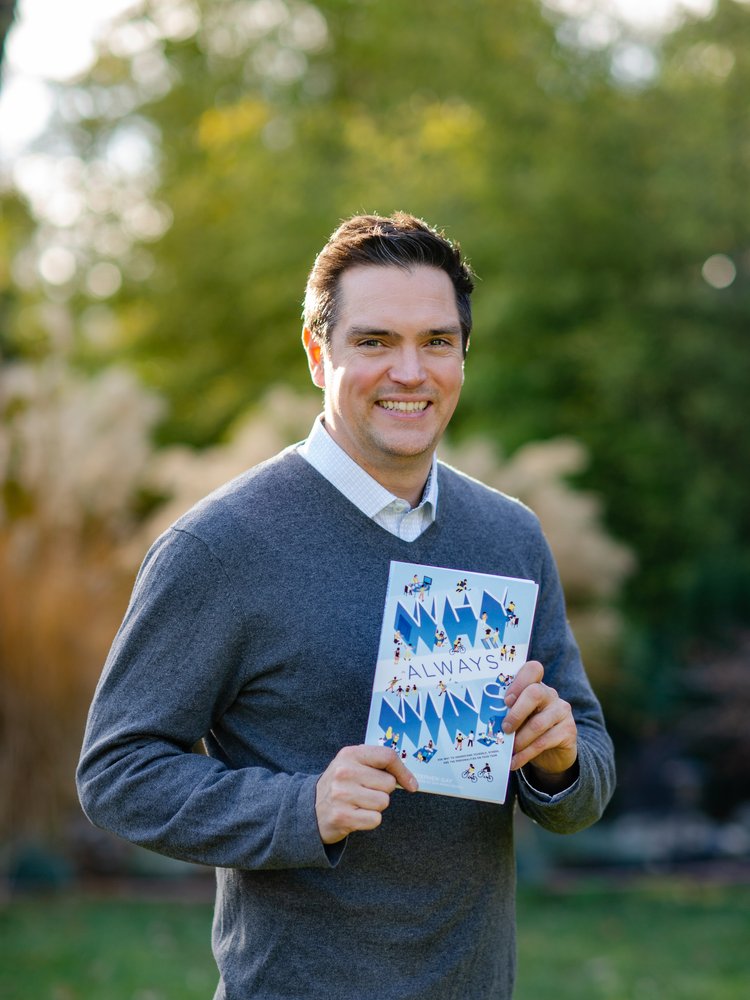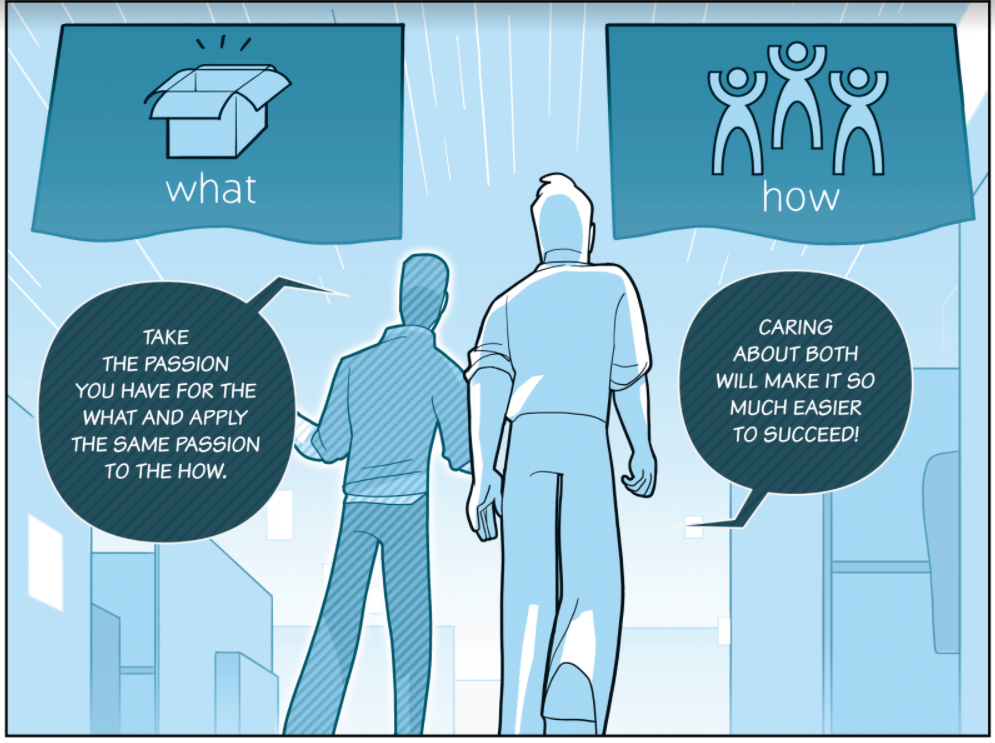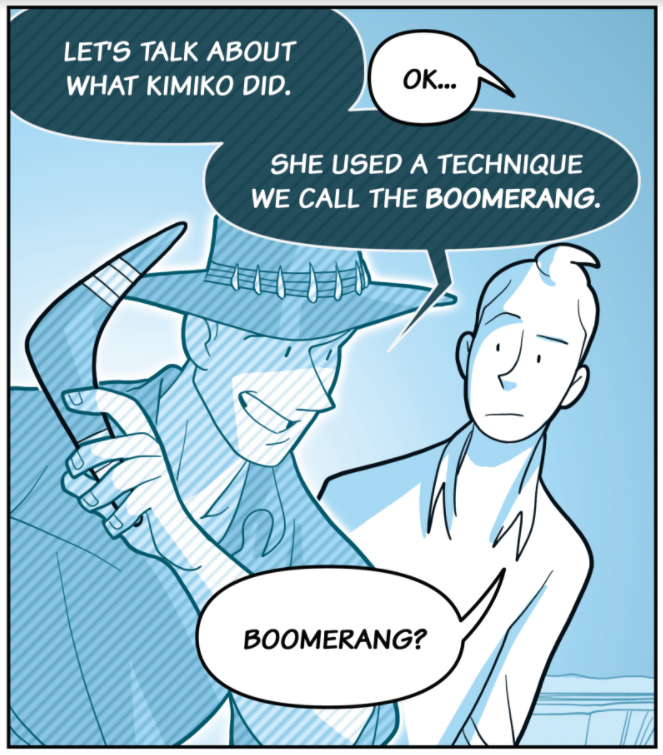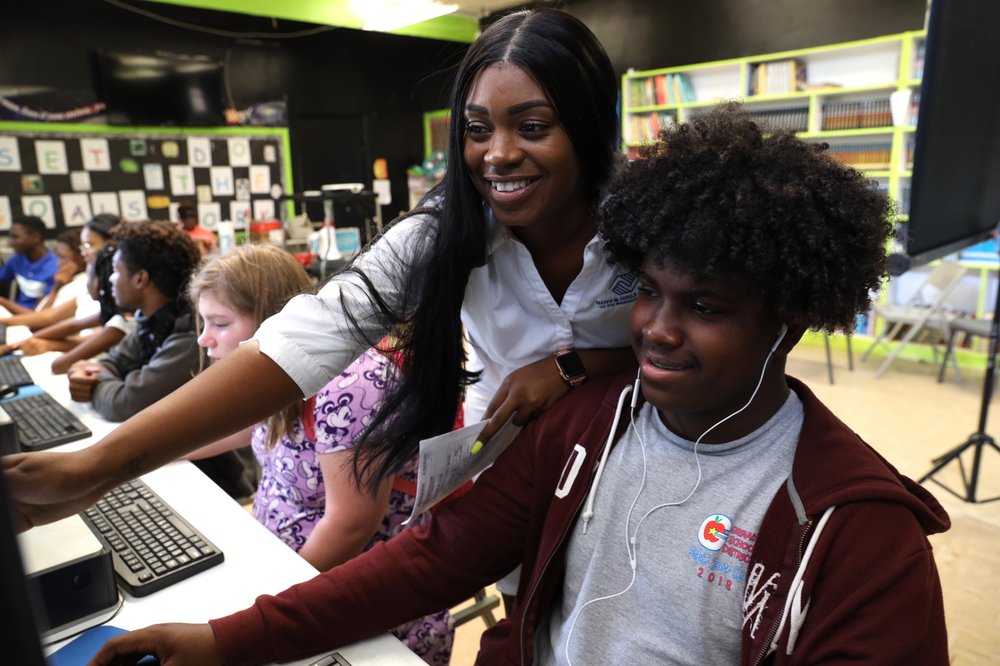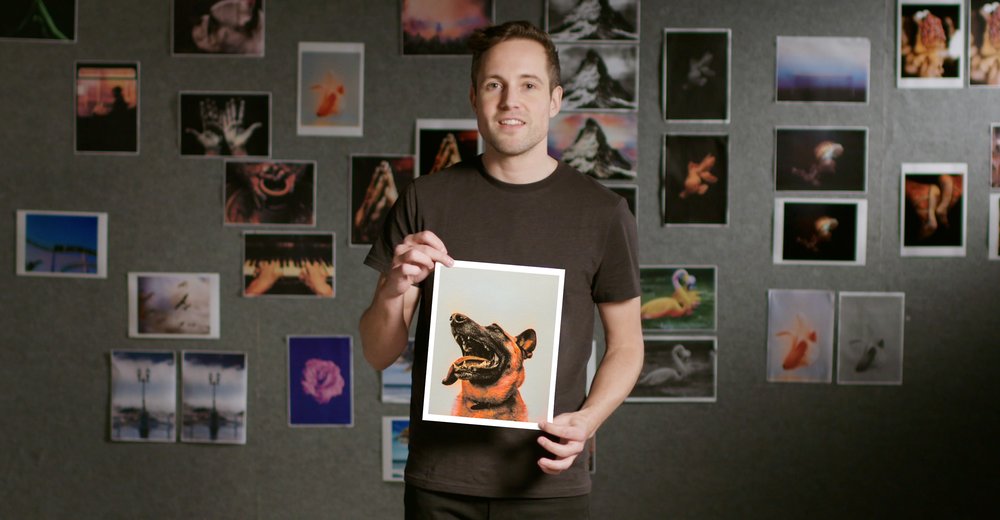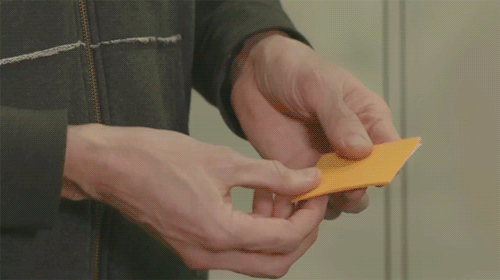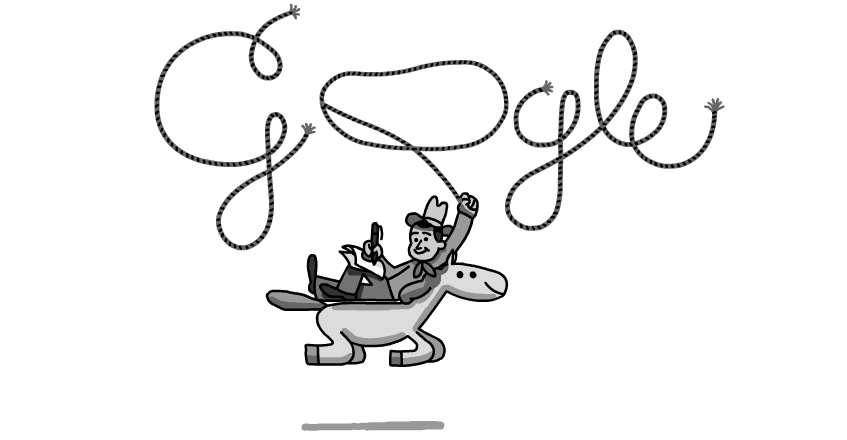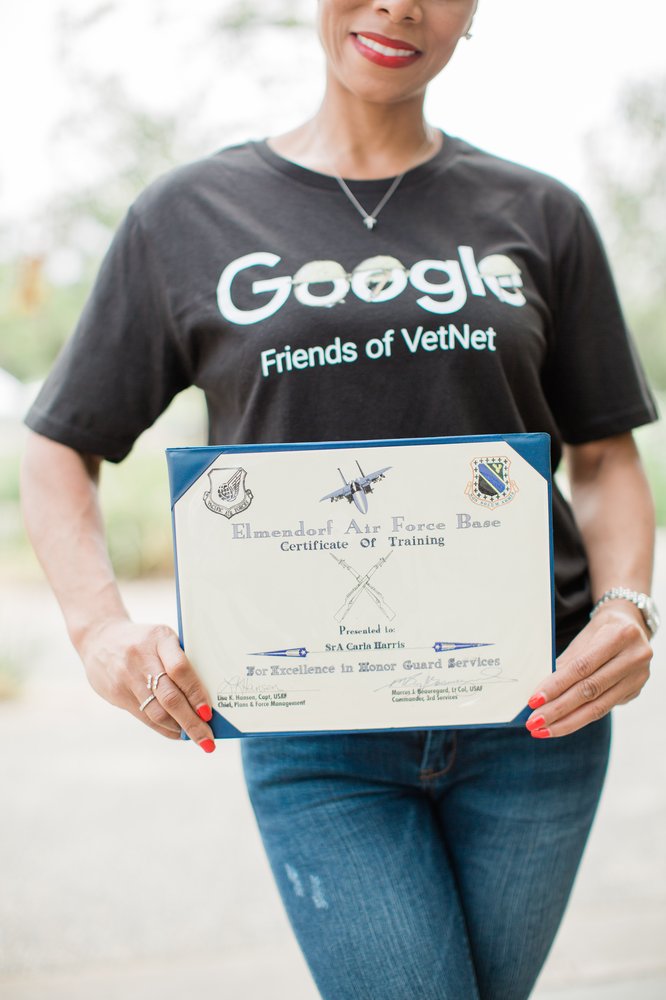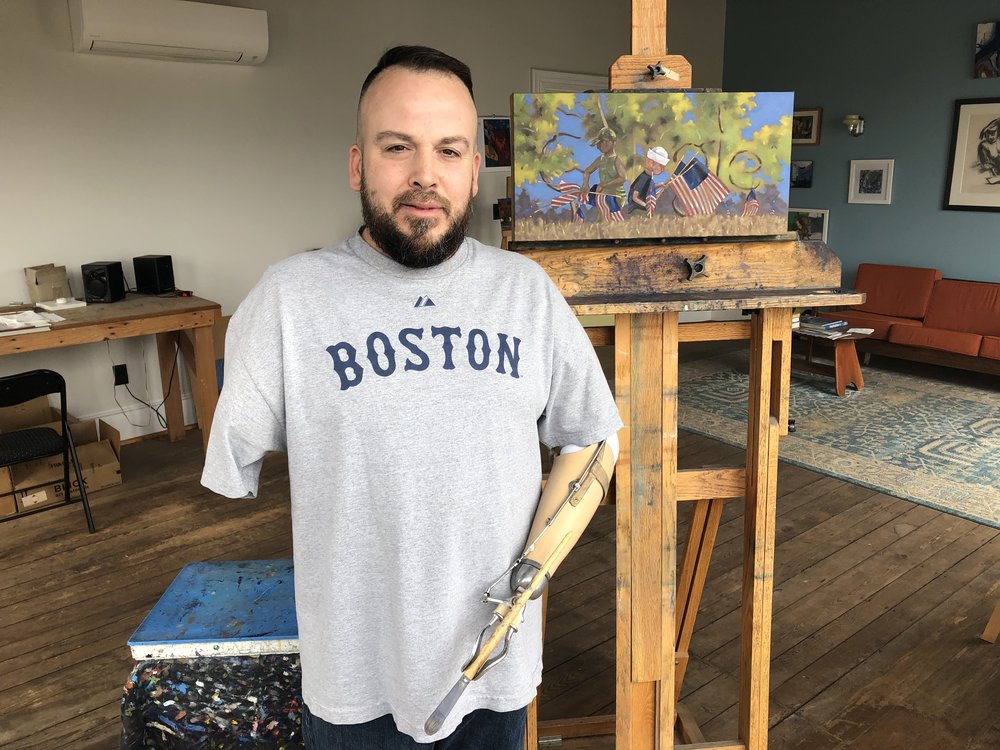As COVID-19 spread across the world this spring, in-person classes and graduation ceremonies were cancelled. Our soon-to-be interns surely wondered if their summer at Google would be affected. We worked quickly to ensure that our internship program—which we’ve hosted every year since 1999—would still happen, albeit virtually. Since then thousands of interns have joined us from their homes in 43 countries around the world.
This is the first year our summer internship program is virtual, but what it means to be an intern at Google hasn’t changed—we want our interns to have fun and make an impact on products that people use every day. Although many aspects of the program remain the same with interns working from home, we had to make some adjustments. Interns won’t have the benefit of working next to experienced Googlers in a traditional office environment, which in turn impacts the kinds of projects they can work on. Rather than cancel or postpone our program, we did what we’ve done many times before at Google—came up with a plan B.
This year, many technical internships will focus on open source projects. Open source is a model that makes a product's underlying code available for anyone to work on, so even though interns didn't have access to certain technical resources in a Google office, they could still contribute to meaningful projects. Google has long been a big contributor to open source, and projects like Android and Chromium are now widely adopted around the world. Over the last two decades, Google has released thousands of open source projects, and ~2,600 are still active. Open source has always been about finding ways for people to build better things by working together, regardless of location. So it became a perfect fit for many of our remote, globally dispersed interns.
However, we needed actual projects … lots of them. And we needed Googlers who could host the interns and manage the projects. Because the internship program is beloved at Google, people showed up to help. After a call for project proposals, we received about 200 submissions, which led to more than 1,000 potential projects for interns.
In addition to contributing to Google-created projects like TensorFlow, Kubernetes, Istio, Chromium, Apache Beam, and OSS-Fuzz, the interns will tackle projects to support COVID-19 response efforts, including integrating COVID-19 data into the Data Commons and contributing to the Covid Severity project. The resources invested to support these interns and the contributions they make demonstrates the strength of our commitment to the open source community. Today, we have more than 1,000 technical interns actively contributing to open source projects.
Although most of our internships are only three months, we look forward to seeing how these projects will progress with the help of our interns. We also hope this program sparks an interest to become lifelong contributors to open source.
